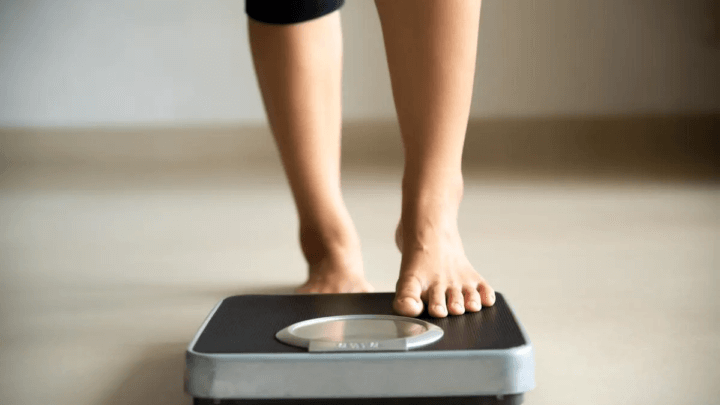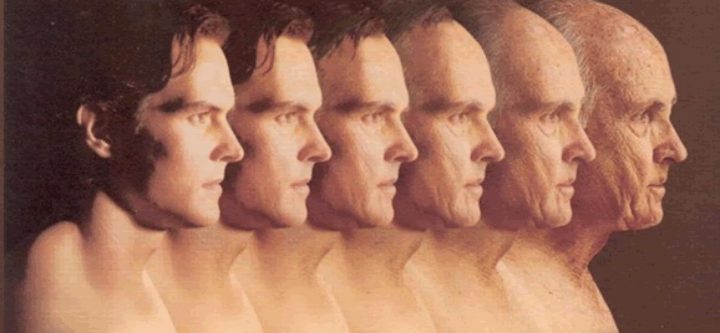The benefits of walking include reduced risk of heart attack and depression and overall quality of life. It is an easy and cost effective form of physical activity.
In recent years, walking 10,000 steps a day has become a popular recommendation used to promote regular physical activity. But, you ask, why exactly 10,000 steps are recommended?
Walking 10,000 steps each day is not an official health recommendation, but it has been shown to benefit weight loss and overall health.
Find out why exactly 10,000 steps are recommended and how many calories are burned compared to other physical activities.

Why are 10,000 steps recommended?
For many people, walking 10,000 steps equates to about 8.05 kilometers. The specific number of 10,000 dates back to a slogan used by hiking clubs in Japan as early as the 1960s.
The idea persisted, and it's now a common goal among health-conscious adults because, despite the number being less than scientific origin, 10,000 steps burn enough calories to provide significant benefits to any adult.
In a study in 35 adults with a body mass index between 31.7-44.9; the participants received dietary counseling and gradually increased their daily steps to 10,000. After the 6-month intervention, the participants' BMI decreased by 3.7% (Castres, Tourny, Lemaitre, & Coquart, 2016).
Another reason people use the 10,000 step rule is for health reasons. Generally speaking, this amount means that you are exercising for at least an hour a day. With this amount of movement, you burn fat, lower your blood pressure, and elevate your mood, which can lead to a longer, healthier life.

Calories burned with 10,000 steps
Unfortunately, it is not easy to measure exactly how many calories are burned by taking 10,000 steps . In fact, each person likely burns a different number of calories because this number is affected by many factors, such as your walking speed, body weight, age, and environmental factors (such as walking on a hilly trail).
We list what factors are:
1. Weight
It has long been believed that one of the main factors that affect the number of calories burned during physical activity is body size and weight. Because it takes more energy to move a larger body than to move a smaller one, the theory is that more calories are burned during movement of a larger body.
However, research suggests that after adjusting for body weight, the number of calories burned through physical activity in people with a higher body weight might not be higher after all. Therefore, more research is needed to determine how weight affects the number of calories burned while taking measurements (Carneiro et al., 2016).

2. Rhythm and terrain
Other factors that could influence the number of calories you burn when taking 10,000 steps are how fast you walk and on what type of surface. For example, if you are walking rapidly uphill at a rate of 8 km / h, you could be burning more than 7 calories per minute .
On the other hand, if you walk slowly downhill at a pace of 5-6 km / h, you could be burning between 3.5 and 7 calories per minute; while walking 10,000 steps at a pace of 6 km / h would burn an average of 153 calories more than walking the same distance at 3 km / h.

3. Genetics
An often overlooked factor that contributes to the number of calories you burn is genetics. Genetic differences are responsible for up to 72% of the variation in calories burned during physical activity in daily life.
Consistently active, high-capacity runners are known to put more heat into their muscles during physical activity, leading to more calories burned, compared to low-capacity runners who are less active.
Still, some of the research on this topic is of an older date, and more current studies are needed to understand how genetics influences the amount of calories burned.
4. Age
Your age is also a big factor in how many calories you burn. Every year, you lose muscle tissue, which slows down your metabolism. This means that you will have to work a little harder to experience the same weight loss as someone younger.
An average adult gains 1 kg per year throughout his life.

Estimation of calories burned with 10,000 steps
One of the best ways to calculate how many calories you burn with 10,000 steps is to use an equation that considers your weight and the intensity and duration of your physical activity:
A simple equation that considers these factors and that you can use to calculate the calories burned while walking (and for other exercises) is the following:
Calories burned per minute = 0.0175 x Metabolic Equivalent (MET) x weight in kilograms.
To use this equation, you need the following:
1. Determine the MET of the activity
MET stands for the Metabolic Equivalent of Physical Activity . A MET represents the rate at which calories are burned while performing a certain physical activity. Different activities at different intensities have their own MET equivalent (Byrne, Hills, Hunter, Weinsier & Schutz, 2005).
In the case of walking, an average MET equivalent varies between 2 and 10 depending on speed and terrain.

2. Calculate your weight in kilograms
If you are used to calculating your weight in pounds, it is easy to convert your weight into kilograms. Simply divide your weight in pounds by 2.2:
- Weight in pounds / 2.2 = weight in kilograms
3. Take note of how long it takes you to take 10,000 steps
Since this equation calculates the calories burned per minute, you need to multiply the result by the total number of minutes it took you to go through the 10,000 steps to determine the total calories you burned.
For example, if it took you 90 minutes, your final equation would look like this:
Calories burned = 0.0175 x MET x weight in kg x 90 (minutes).

4. Plug your data into the equation
Once you've determined your MET, your weight in kilograms, and the total number of minutes it took you to take 10,000 steps, you can plug your data into the equation and complete your estimate.
conclusion
The benefits of a daily 30-minute walk are almost limitless, from decreasing mental decline and lowering blood pressure to improving sleep and relieving depression.
Mood rises in correlation with the number of daily steps and 30 minutes of walking each day have been shown to reduce the risk of stroke by a minimum of 20%. Of course you will also burn calories and fat, and if you are outside, you will enjoy an extra dose of vitamin D while you do it.
References
- Scott, SJ. (2020). How Many Calories Are Burned Walking 10,000 Steps? For. Developgoodhabits [Revised January 2020].
- Castres, I., Tourny, C., Lemaitre, F. And Coquart, J. (2017). Impact of a walking program of 10,000 steps per day and dietary counseling on health-related quality of life, energy expenditure and anthropometric parameters in obese subjects. doi: 10.1007 / s40618-016-0530-9
- Carneiro, IP., Elliott, SA., Siervo, M., Padwal, R., Bertoli, S., Battezzati, A. Y Prado, CM. (2016). Is Obesity Associated with Altered Energy Expenditure? doi: 10.3945 / an.115.008755